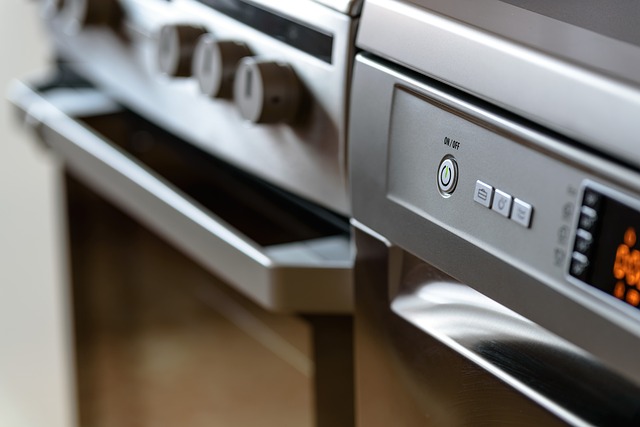In our technology-driven world, electronic devices have become an integral part of our daily lives. However, accidents happen, and it’s not uncommon for devices to get wet, especially while they are charging.
So, what happens if your electronic device gets wet while charging? In short, immediate action is crucial to prevent potential damage. If an electronic device gets wet while charging, it can potentially suffer damage and malfunction.
In this article, we will explore the necessary steps you should take, dos and don’ts, proper drying techniques, potential risks, and precautionary measures to ensure the longevity and performance of your device.
Immediate Actions
When faced with a wet electronic device, there are a few immediate actions you should take. First, disconnect the device from the power source to prevent electrical damage. Then, turn off the device and unplug any accessories or peripherals connected to it.
By taking these steps promptly, you can minimize the risk of further damage and increase the chances of successful recovery.
Assessing the Damage
After disconnecting the device and ensuring it is powered off, it’s time to assess the extent of the damage.
Check for visible signs of water damage, such as waterlogged screens, buttons, or ports. Pay particular attention to the charging port and examine it for any moisture or corrosion.
It’s also essential to consider the possibility of internal damage, which may not be immediately visible.
Read also my article: The Hidden Dangers: Water’s Impact on Powered-Off Devices
Do’s and Don’ts
To effectively address the issue, it’s crucial to know the do’s and don’ts when dealing with a wet electronic device.
Do dry the device using absorbent materials, such as a soft cloth or paper towels. You can also use desiccants like silica gel packs to absorb moisture.
However, avoid turning on the device immediately, as it can cause short circuits. Don’t use heat sources like hair dryers or direct sunlight for drying, as excessive heat can damage the device.
Similarly, refrain from using compressed air, as it may force moisture deeper into the device.
Proper Drying Techniques
Proper drying techniques can greatly increase the chances of salvaging your wet device. Air drying is a simple yet effective method.
Place the device in a dry, well-ventilated area and allow it to dry naturally. Alternatively, the rice method, where you submerge the device in a container filled with uncooked rice, can help absorb moisture.
Another option is using a vacuum cleaner on a low-power setting to draw out moisture. Additionally, drying agents like silica gel packs can be placed alongside the device to aid in drying.
Read also my comprehensive article: Reviving Wet Electronics: Can They Bounce Back?
Seeking Professional Assistance
In certain situations, seeking professional assistance may be necessary. If your device does not show signs of improvement after your initial efforts, or if you lack the confidence or technical knowledge to handle the situation, it’s best to consult professionals.
Authorized service centers have the expertise and specialized equipment to deal with water damage effectively.
They can diagnose the extent of the damage, repair or replace faulty components, and ensure the device is functioning optimally.
Potential Risks and Long-term Effects
When electronic devices get wet, several risks and long-term effects can occur. Short circuits and electrical damage are common risks that can render the device inoperable.
Corrosion due to water exposure can lead to component failure over time. The device’s battery may also be affected, resulting in reduced performance or a shorter lifespan.
Additionally, water damage can cause data loss, making data recovery a challenge.
Precautionary Measures
To avoid encountering the hassle of dealing with a wet electronic device, there are some precautionary measures you can take.
Opt for waterproof or water-resistant devices, which offer additional protection against water damage. Using protective cases or covers designed to safeguard against liquid exposure can also provide an extra layer of
defense. Moreover, keeping your devices away from liquids, especially while they are charging, significantly reduces the risk of accidents.
Conclusion
When an electronic device gets wet while charging, quick action is vital to prevent potential damage. By promptly disconnecting the device from the power source, turning it off, and following proper drying techniques, you can increase the chances of successful recovery.
However, it’s essential to be aware of the potential risks and long-term effects of water damage. By taking precautionary measures and seeking professional assistance when needed, you can ensure the longevity and performance of your electronic devices in the face of such accidents.
